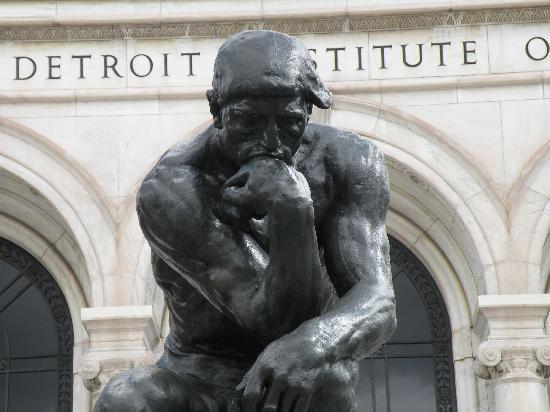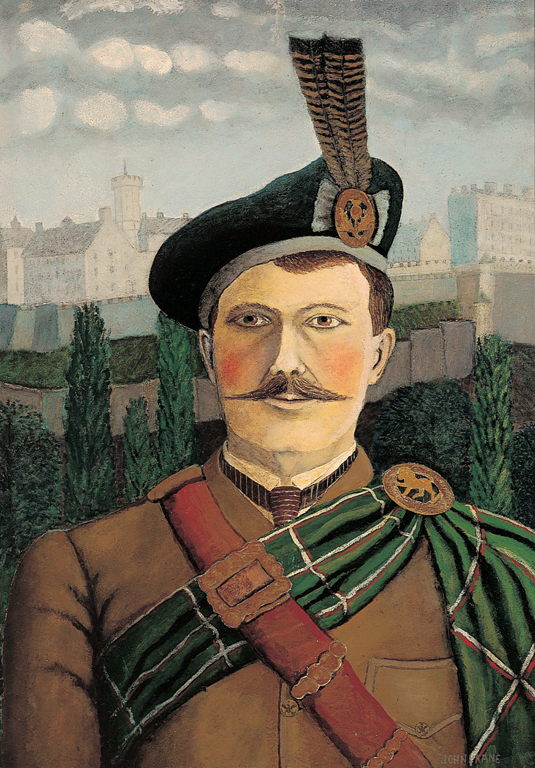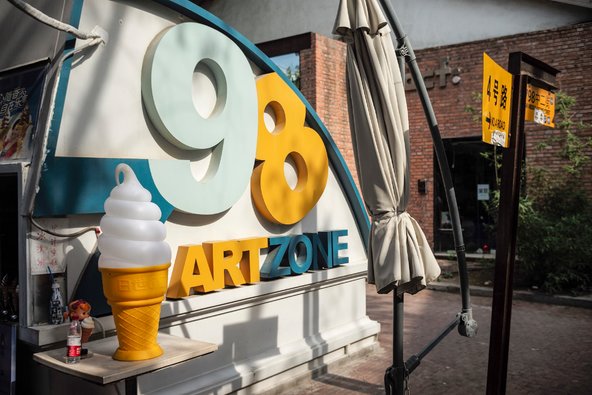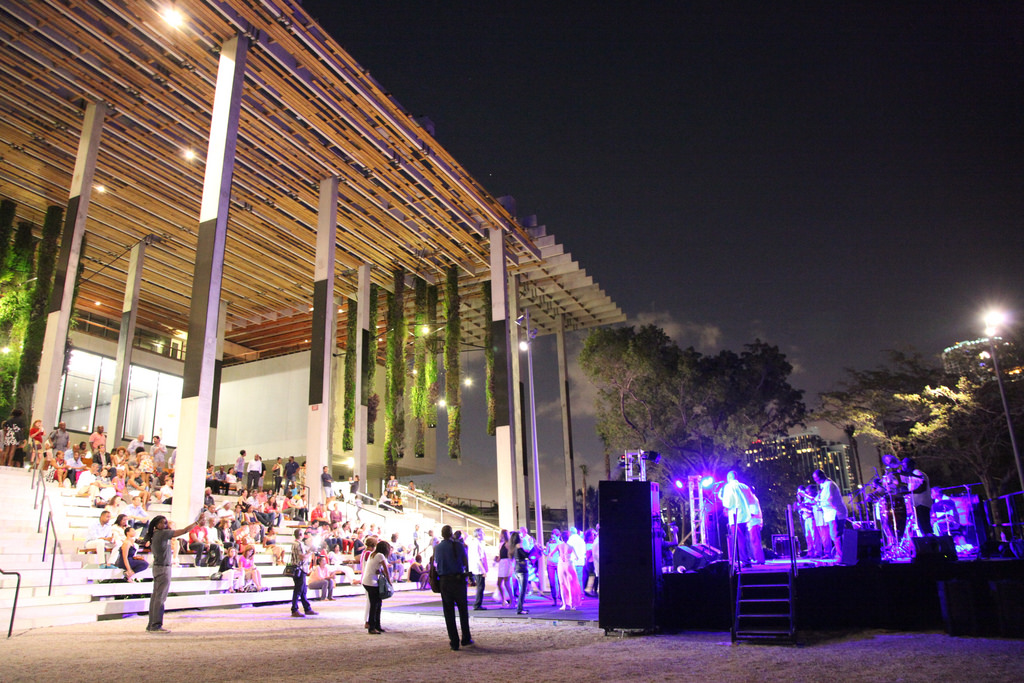 That was the news out of the Detroit Institute of Arts’ press conference this morning: It has another $26.8 million in commitments from corporations pledged toward the $100 million it agreed to raise to buy its independence in the Detroit bankruptcy.
That was the news out of the Detroit Institute of Arts’ press conference this morning: It has another $26.8 million in commitments from corporations pledged toward the $100 million it agreed to raise to buy its independence in the Detroit bankruptcy.
The new money in today’s announcement came from:
- $10 million from Roger S. Penske and Penske Corporation,
- $5 million from DTE Energy,
- $5 million from Quicken Loans and the Rock Ventures Family of Companies,
- $2.5 million from BCBSM,
- $1 million from Meijer,
- $1 million from Comerica Bank,
- $1 million from JPMorgan Chase,
- $800,000 from Consumers Energy and
- $500,000 from Delta Air Lines Foundation.
Just in case you can’t remember the grand bargain, here’s the boilerplate description from DIA’s press release:
The grand bargain will provide Detroit’s pensioners more than $800 million from local donors, local and national foundations and the State of Michigan over a 20-year period, subject to present value discounts for more rapid donor payments. The funds will be directed to a supporting organization of the Community Foundation for Southeast Michigan and then disbursed for city pension payments over the next 20 years. As part of the grand bargain, the City of Detroit will transfer ownership of the DIA’s collection, building and related assets to the private nonprofit corporation that currently operates the museum, Detroit Institute of Arts, Inc…
…The Grand Bargain was proposed by the mediators of city’s bankruptcy and led by Chief Judge Gerald Rosen of the U. S. District Court for the Eastern District of Michigan, and attorney Eugene Driker.
There will have to be more to come, of course, but this is a really good position for the DIA to be in.
Now we still await the announcement of the vote by affected parties in the bankruptcy for or against the plan.




